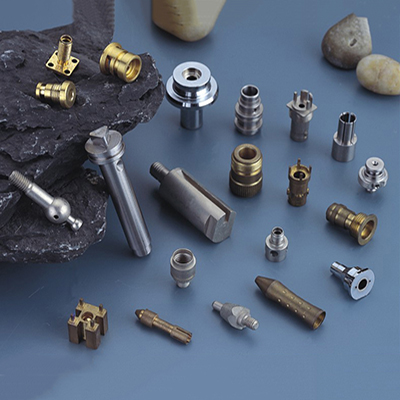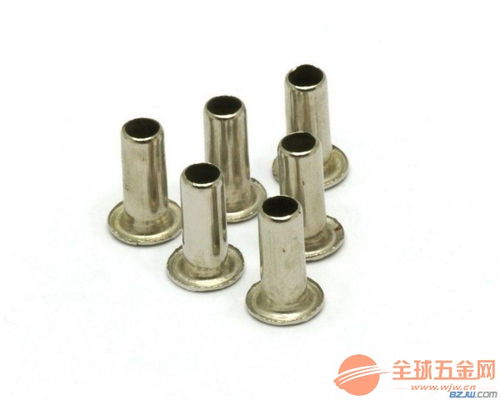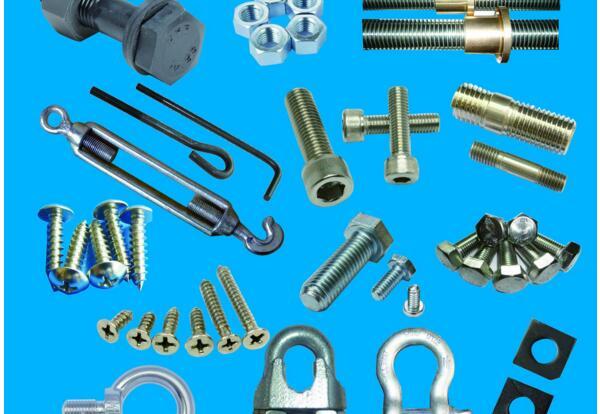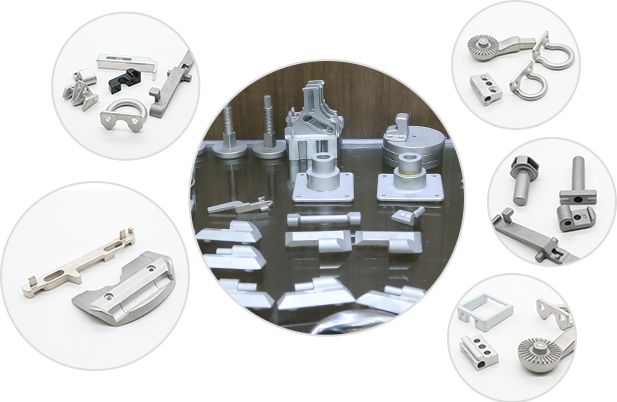Advanced 3D Technology in the Hardware Components Industry: Enhancing Product Quality and Innovation
Advanced 3D Technology is playing a vital role in enhancing the quality and innovation of hardware components. By leveraging advanced 3D printing and additive manufacturing processes, companies can produce complex designs more quickly and accurately, leading to improved product performance and reduced production costs. Additionally, these technologies offer significant opportunities for product customization and personalization, enabling customers to tailor their hardware components to specific requirements and preferences. As the hardware component industry continues to evolve, the adoption of advanced 3D technology will become increasingly important for staying competitive and meeting evolving customer demands.
The hardware component industry, often referred to as the "fabric of electronics," plays a crucial role in the modern world. It encompasses an enormous range of products such as circuit boards, connectors, screws, and various other mechanical parts that are used in electronic devices, machinery, vehicles, and more. As technology continues to evolve, the need for higher-quality, innovative, and efficient hardware components has become paramount.
In this context, advanced 3D printing technology stands out as a powerful tool that has revolutionized the hardware component industry. By employing three-dimensional (3D) printing techniques, manufacturers can produce complex shapes and designs with unprecedented precision and speed. This not only reduces material waste but also enhances product performance by allowing for customized designs that better suit specific applications.

One of the most significant benefits of 3D printing is its ability to produce custom parts without the limitations of traditional manufacturing processes. With a 3D printer, engineers can create precise models and test them on the fly, making it easier to identify potential issues early on. Additionally, 3D printing allows for rapid prototyping, which enables rapid iteration and testing of new designs without the need for costly molds or tooling.
Another advantage of 3D printing is its flexibility in material selection. Unlike traditional manufacturing methods, 3D printing allows for the use of a wide range of materials, including metals, polymers, ceramics, and composites. This means that manufacturers can tailor their hardware components to meet specific performance requirements or aesthetic preferences, ultimately resulting in more cost-effective and competitive products.
Moreover, the integration of 3D printing into the hardware component industry has accelerated the pace of innovation. Companies are now leveraging the technology to develop new materials, processes, and design concepts that were previously unattainable. For example, 3D printing has allowed for the creation of lightweight yet strong structures that can be used in aerospace and automotive industries. Additionally, 3D printing has enabled the development of novel sensors and actuators that can improve the accuracy and reliability of electronic devices.

However, despite its many advantages, the adoption of 3D printing technology in the hardware component industry is still facing challenges. One of the main challenges is the high cost of equipment and raw materials, which can limit the scale at which companies can invest in 3D printing. Additionally, there is a lack of standardization across different 3D printing platforms, which can hinder interoperability between different manufacturers and applications.
Despite these challenges, the future of 3D printing technology in the hardware component industry appears to be bright. Many leading companies have already started investing in 3D printing infrastructure, and new standards are being developed to facilitate collaboration between different 3D printing systems. Additionally, government initiatives and research funding are being directed towards addressing the costs of 3D printing and promoting its broader adoption.
In conclusion, the application of advanced 3D printing technology in the hardware component industry represents a paradigm shift towards higher quality, faster innovation, and greater efficiency in manufacturing. While challenges remain, the potential of 3D printing to transform the hardware component industry cannot be ignored. As we move forward, we can expect to see continued advancements in this field, with 3D printing becoming increasingly integrated into the fabric of electronics and other industries around the world.

Articles related to the knowledge points of this article:
Lock Hardware Accessories: A Comprehensive Guide
Title: The Advancements and Importance of Smart Door and Window Hardware in Changning District
Shelf Hardware Accessories: Key Components for a Functional and Attractive Shelf Design
Hardware Fittings Software: A Comprehensive Guide
Title: Exploring the Quality of Hardware Accessories in Jiangxi at Direct Factory Prices



